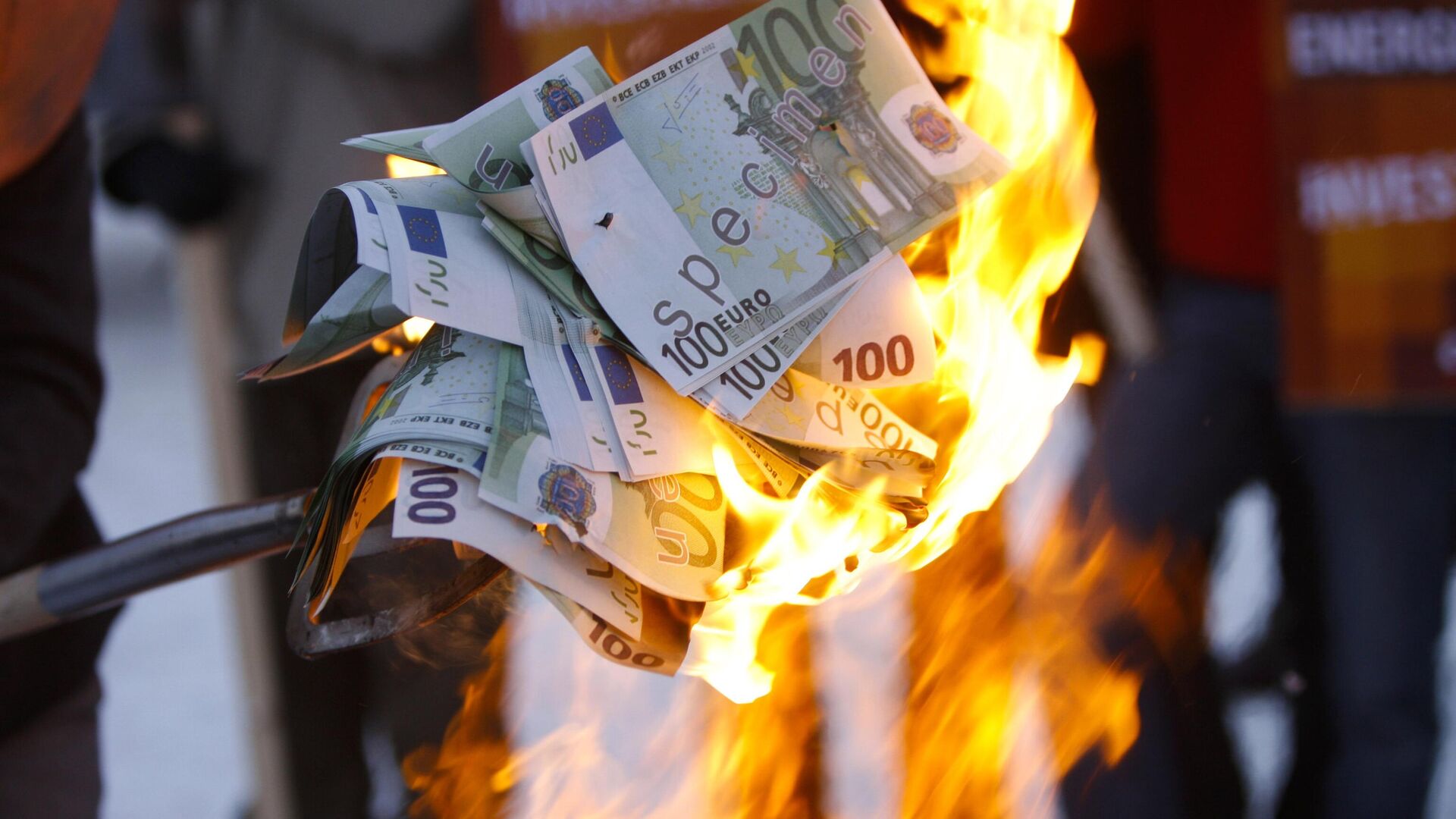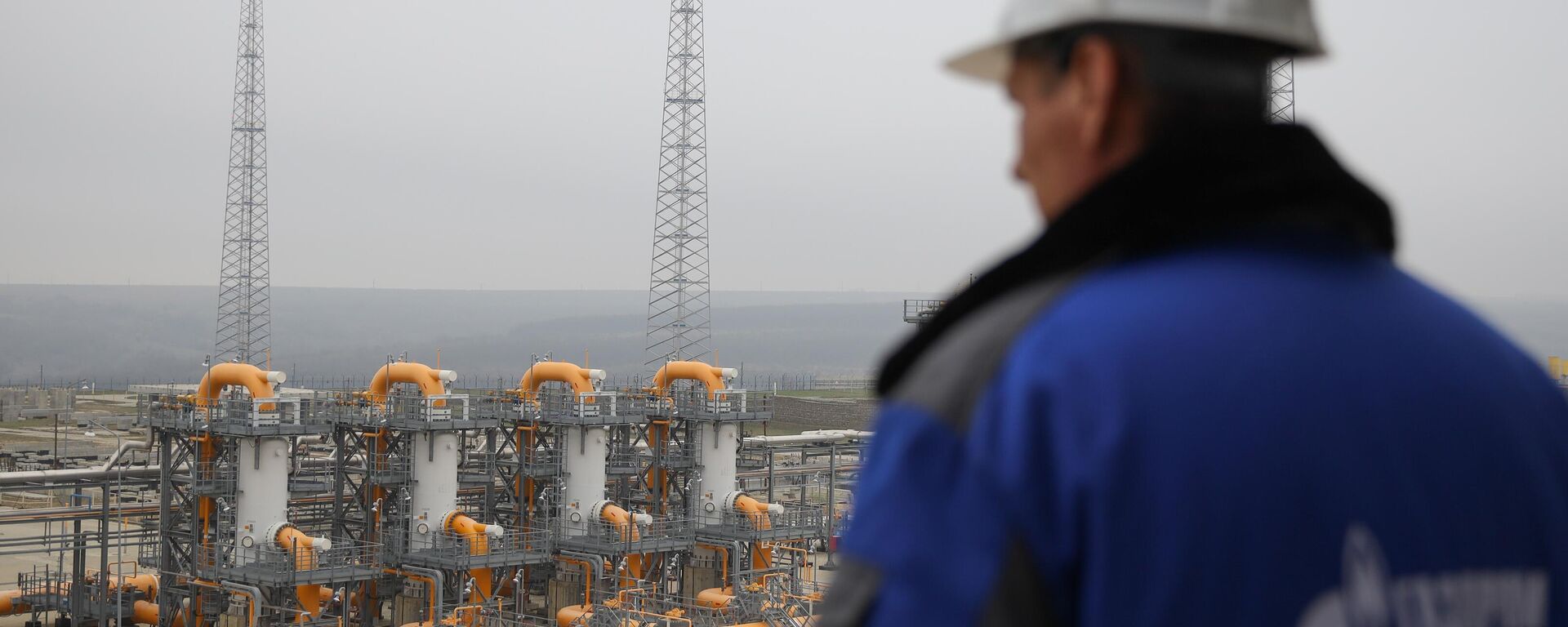Bearing the Burden: How EU’s Move to Scrap Russian Energy Backfired

© AP Photo / Markus Schreiber
Subscribe
The EU plans to end Russian fuel ties for good, European Commissioner for Energy and Housing Dan Jorgensen has told US media.
Let’s take a look at how abandoning Russian energy supplies has already ridden roughshod over the bloc.
EU countries had to pay €185 billion ($204 billion) extra on natural gas over the past 20 months after cutting themselves off from cheap Russian pipeline gas.
Household electricity prices increased in ten EU countries in the first half of 2024, compared with the first half of last year. The highest price tags were registered in Germany (€0.3951 per kilowatt-hour [KWh]), Ireland (€0.3736), Denmark (€0.37078) and the Czech Republic (€0.3381).
Last year saw average household electricity prices in 22 EU members increase to €28.9 ($30.3) per 100kWh – up from €25.3 ($26.5) per 100kWh for the same period in 2022. “These prices were the highest recorded by Eurostat,” per the statistical agency.
Europe’s benchmark natural gas prices surged last month to the highest since November 2023, increasing to €45.40 ($47.83) per MWh.
In 2023, Latvia and Romania saw the highest jumps in gas prices, jumping 139% and 134%, respectively. In total, price tags increased in 20 EU members at the time.
The average British household spent £1,000 ($1,202) on wholesale gas over the past 12 months - £800 ($1011) more than in a typical year.
In a sign of their “energy poverty”, the number of Europeans “unable to keep their homes adequately warm” has surged over the past several years, standing at 6.9%, 9.3% and 10.6% in 2021, 2022, and 2023, respectively. Information is based on estimates from Eurostat, the European Commission, OilPrice.com and the Energy and Climate Intelligence Unit non-profit organization.



